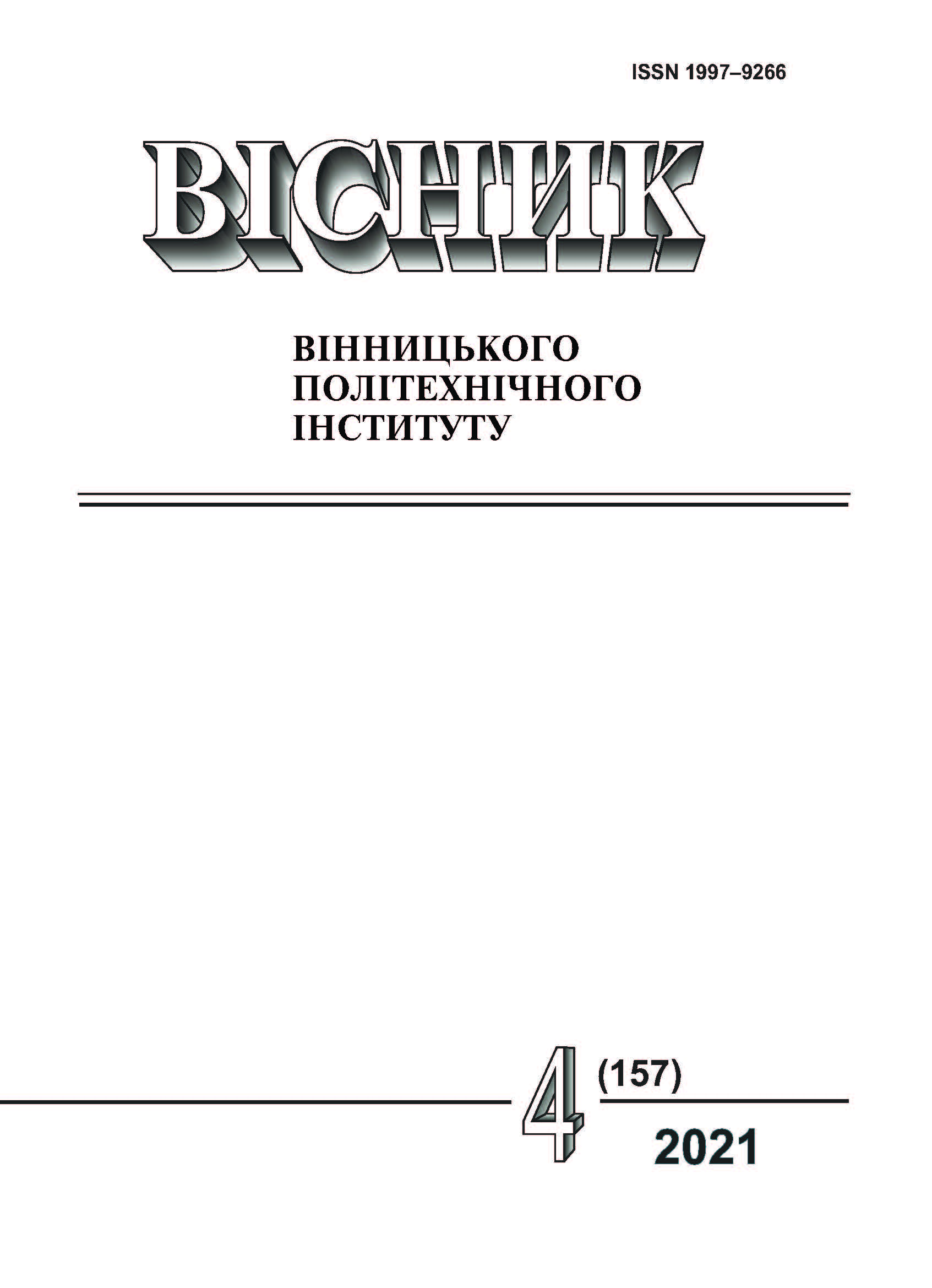Using Different Approaches to Solving Logistics Tasks
DOI:
https://doi.org/10.31649/1997-9266-2021-157-4-85-91Keywords:
route matrix, potential method, cargo transportationAbstract
The article discusses the factors that influence the construction of transport interchanges and design software. It is important to remember that traffic safety is a necessary component for road traffic, so all the components listed in the article and the elements of the transport interchange of the required section must meet the general requirements. Today, the requirements for building technological solutions are constantly changing. First of all, this is facilitated by the constructive development of vehicles and, accordingly, the change of traffic regimes. The issue of designing transport interchanges is quite complex, as it is also necessary to take into account the intensive growth rate of the number of cars on the roads of our country. Traffic safety is a key issue when designing a transport interchange, so all design work must be carried out in strict compliance with regulations. The key factors to consider when designing a traffic interchange are: the speed of vehicles on adjacent roads and at exits; width of lanes for traffic and their number; the presence of slopes; the necessary capacity to meet the needs of the area. It is also important to pay close attention to the quality of the project, and subsequently to the construction of the transport interchange. There are a large number of examples that show that non-compliance with the requirements of technical documentation and quality of construction works leads to a reduction in the period of maintenance-free use of the building. Accordingly, the generally accepted method of designing a transport interchange includes the following steps: the choice of the basis of the type of intersections of transport routes; design and development of traffic diagrams, preparation of technical documentation; calculation of technical parameters of road crossings; design of auxiliary structures (drainage unit, lighting); profile design. Today, there is a large amount of software that allows you to perform the necessary calculations and build diagrams of transport interchanges. The most famous are such programs as: IndorCAD, AutoCad, MXROAD.
References
С. К. Бешекенов, Программное обеспечение решения задач метод потенциалов. Колледж электроники и бизнеса ОГУ, Оренбург, РФ, 2015. [Электронный ресурс]. Режим доступа: https://files.scienceforum.ru/pdf/2015/13063.pdf .
В. Н. Кудашов, и Е. Г. Селина, Основы линейного программирования. СПб, РФ: Университет ИТМО, 2020, 42 с. [Электронный ресурс]. Режим доступа: https://books.ifmo.ru/file/pdf/2588.pdf .
С. В. Будалин, Планирование перевозок массовых и мелкопартионных грузов, метод. указания. Екатеринбург, РФ: УГЛТУ, 2013, 36 с.
А. В. Вельможин, В. А. Гудков, Л. Б. Миротин, и А. В. Куликов, Грузовые автомобильные перевозки, учебник для вузов. Горячая линия – Телеком, 2007, 560 с.
О. О. Соларьов, М. О. Мікуліна, і О. В. Таценко, «Основні фактори, які впливають на побудову транспортних розв’язок,» Вісник Вінницького політехнічного інституту, № 1, с. 102-107, 2021. doi.org/10.31649/1997-9266-2021-154-1-102-107.
М. О. Мікуліна, О. О. Соларьов, і О. В. Таценко, «Роль складської інфраструктури в транспортних технологіях для аграрного виробництва,» Інженерія природокористування, № 4 (18), с. 29-34, 2020.
M. O. Mikulina, O. O. Solarov, and O. V. Tatsenko, “The analysis and forecasting of passenger traffic on road transport,” Engineering of nature management, 1 (19), pp. 21-26, 2021.
Н. Шраменко, В. Шраменко, і О. Соларьов, «Аналіз ринку вантажних перевезень в Україні,» Сучасні технології в машинобудуванні та транспорті, т. 1, № 16 (2021), с. 30-35, 2021.
О. О. Соларьов, М. О. Мікуліна, і О. В. Таценко, «Розрахунок пропускної здатності автомобільного потоку на транспортній розвязці,» Вісник Національного технічного університету «ХПІ», серія: Нові рішення в сучасних технологіях, № 1 (7), с. 54-58, 2021. https://doi.org/10.20998/2413-4295.2021.01.08.
Downloads
-
PDF (Українська)
Downloads: 147
Published
How to Cite
Issue
Section
License

This work is licensed under a Creative Commons Attribution 4.0 International License.
Authors who publish with this journal agree to the following terms:
- Authors retain copyright and grant the journal right of first publication.
- Authors are able to enter into separate, additional contractual arrangements for the non-exclusive distribution of the journal's published version of the work (e.g., post it to an institutional repository or publish it in a book), with an acknowledgment of its initial publication in this journal.
- Authors are permitted and encouraged to post their work online (e.g., in institutional repositories or on their website) prior to and during the submission process, as it can lead to productive exchanges, as well as earlier and greater citation of published work (See The Effect of Open Access).





